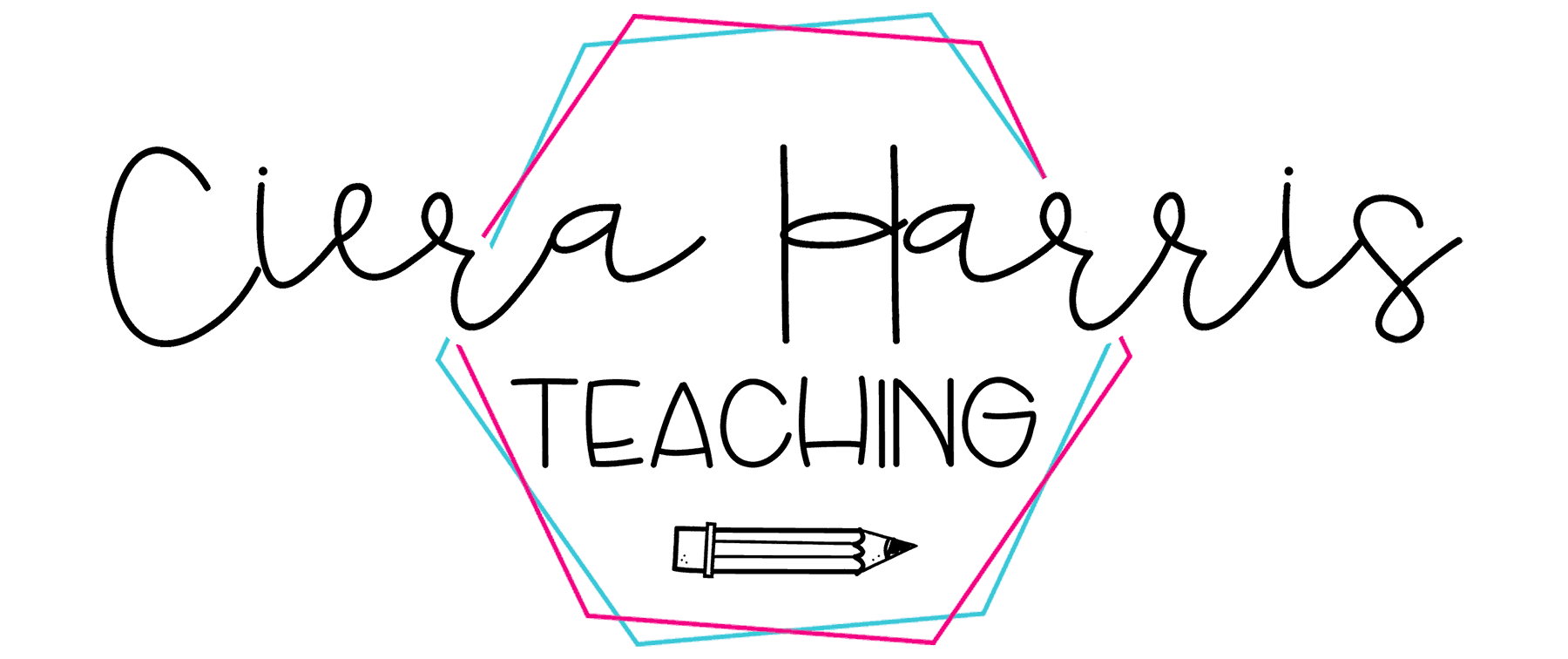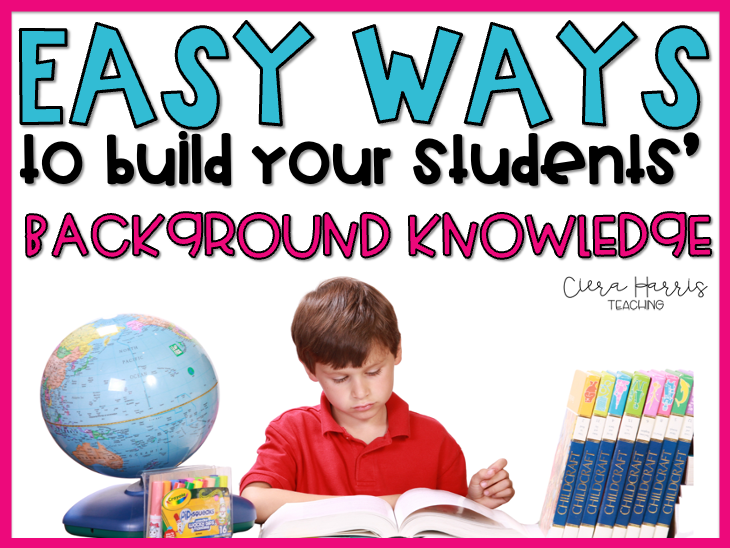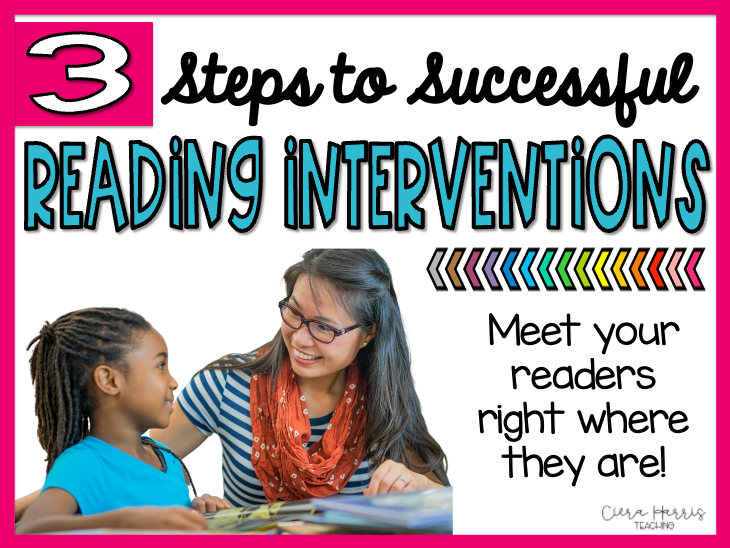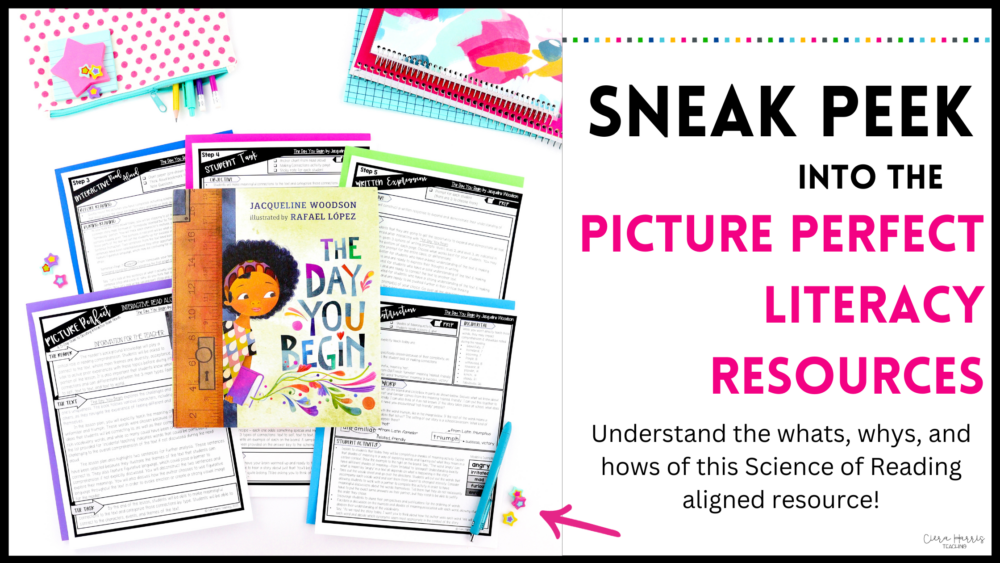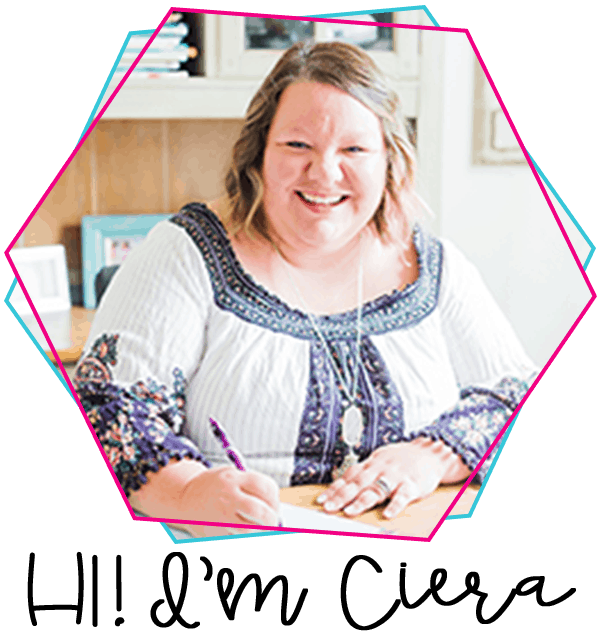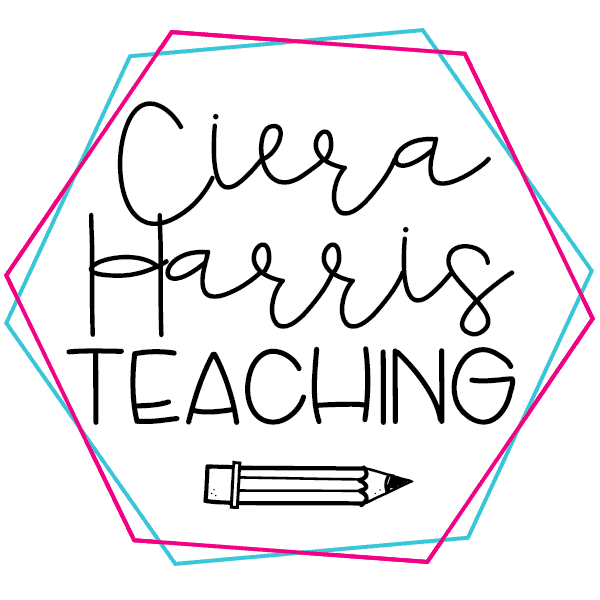As teachers, we know that ‘educational fads’ come and go with the years, many of which come back with a different name but the same old information. Because of this, teachers sometimes neglect listening and learning about the ‘new’ strategies that are being presented. Well – if you haven’t listened to this one yet, you’re going to want to. Close Reading isn’t just the same old ‘fad’ and it isn’t going anywhere. So let’s stop, learn, and implement this amazingly successful reading strategy… in a SNAP!
Want to watch the video instead? Check it out below! Make sure to subscribe to get updates on all new content!
What is Close Reading?
Close reading is the purposeful re-reading and analysis of short and complex texts! Easy, right? Let’s break that down a bit more. 😉
Purposeful Re-reading, in close reading terms, means that we are having our students read the text
| These mini anchor charts are GREAT to allow student to keep & use during their reads! |
three times. Each read is to help uncover specific layers of meaning and lead to deeper levels of comprehension. Students are noticing additional details about the text each new read. Each read has a specific purpose:
#1 – Key Ideas & Details
#2 – Craft & Structure
#3 – Integration of Knowledge & Ideas
If you hadn’t noticed, these ‘topics’ are actually the 3 main categories of the ELA Anchor Standards for Reading. So as the students complete each read, the questions and tasks they are asked to do should align with each of those specific components of the standards. Another way to think about it is this:
#1 – What did the text say?
#2 – How did the text say it?
#3 – What does the text mean?
So during each of these ‘re-reads’, students have specific jobs and tasks to do. During the 1st read, students are being introduced to the text (minimal activation of prior knowledge), and after reading are answer text dependent questions about the ‘big picture’. In the 2nd read, students are guided to think about how the text works and why the author wrote it. Again they will answer text dependent questions mainly about vocabulary and text structure. Finally in the 3rd read, the students are thinking deeper and becoming ‘experts’. They are answering their final text dependent questions OR writing prompts.
How Do Students Analyze the Text?
| Having annotating bookmarks for your students makes analyzing the text more simple & FUN! |
Another important concept to remember when engaging in the close reading strategy is the usage of ‘complex’ texts. This term came about from the introduction of Common Core Standards and College & Career Readiness. In order for a text to be considered complex, there are three important factors it must include: qualitative measures, quantitative measures, & reader & task. These aren’t as scary as they sound! 🙂 Qualitative measures are all of the areas of a text that can’t be measured by a computer, such as the meaning, literary elements, figurative vs implicit language, etc. Quantitative measures are all of the areas of a text that CAN be measured by a computer – Lexile level, word length, word frequency, sentence length, etc. And finally reader & task simply include the students’ motivation
level, background, interest, and what are the students being asked to do with the text. Are you using complex texts?
- How often & when will I have my students complete a close read?
- How much time will it take out of my daily reading block?
- What texts will they read and where will I find them?
- How will I support my students will evidence based responses?
So as you already know or can tell by the information you’ve learned from close reading, it’s quite a lengthy process. For a student to do a full close read in one sitting would take a long chunk of time
| These passages are perfect because they include each day’s instructions directly next to the passage! |
and I don’t know about you, but I don’t have time for that! #toomuchtodo So how CAN we fit it all in? Here’s MY routine and how I get it all in 🙂 I begin each reading block with my close reads. I use it as their reading warm up to get their brains going and in the ‘reading mode’. Once they are independent with close reading, this is great to have them do while I’m gathering homework, checking on students, etc.
It’s that simple! I take 7 minutes at the beginning of my reading block each day and by the end of the week, we’ve become experts at our close reading topic! No fuss, no mess – just simple, engaging
| I place my toolkits in 6×9 manilla envelopes, but you can place them in anything that works for you! |
reading! To make it even MORE engaging, I make & give each of my students their own Close Reading Toolkit! Inside the kit I place: highlighter, my annotating bookmark, post it notes, a small magnifying glass, arrow stickies, pencil, and mini anchor charts. Students are allowed to access these kits at any time during our close reads (and other times throughout the week when instructed). They
know how special these kits are and take great care of them! You can grab your students’ kits just by clicking here —-> Close Reading Toolkits! And I’ve even thrown in a few extra surprises just for the teacher! (Close Reading questioning foldable, Close Reading Focus planning page, & EIGHT Spice It Up Close Reading strategies that will help engaging your students during your close reading). If you have any questions about how to put the close reading toolkits together, just let me know 🙂
